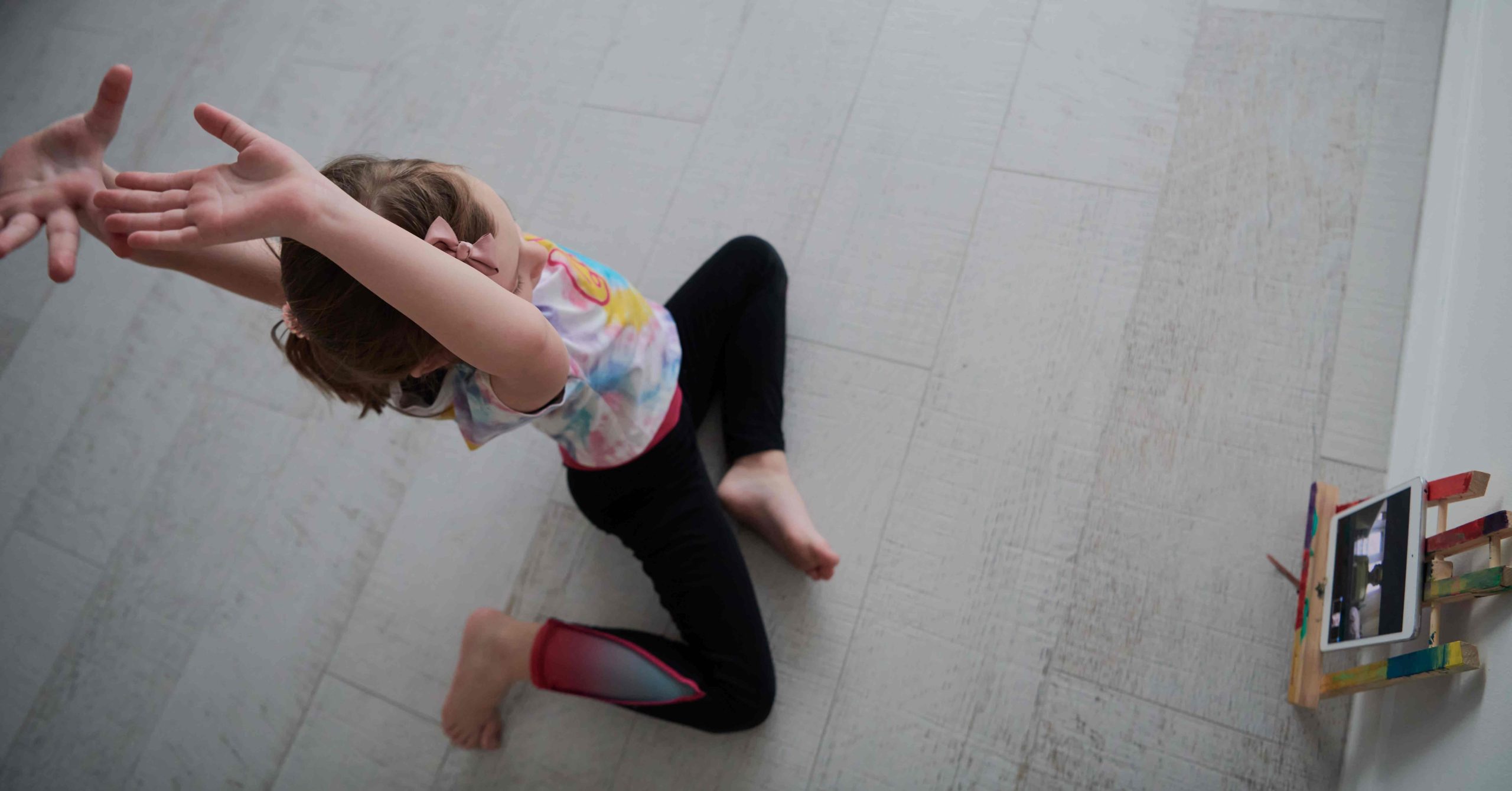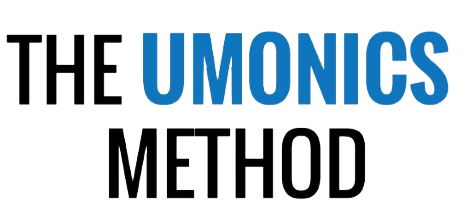
Energizing Learning: The Power of Movement Activities for Preschoolers
Movement is a natural and fundamental aspect of human development. For preschoolers, it plays a vital role in their physical, cognitive, and social-emotional growth. Movement activities provide valuable opportunities for preschoolers to explore their bodies, develop coordination, express themselves creatively, and engage in active learning experiences. In this article, we will delve into the world of movement activities and explore their benefits and various types that can be incorporated into preschool settings.
Movement Activities: Unleashing the Power of Active Learning
Preschoolers are bursting with energy, curiosity, and a natural inclination to move. Harnessing this energy through movement activities not only supports their physical development but also enhances their overall learning experience. Let’s explore why movement activities are so crucial for preschoolers:
1. Physical Development:
Engaging in movement activities helps preschoolers develop their gross motor skills, coordination, and spatial awareness. Through activities like running, jumping, balancing, and climbing, they strengthen their muscles, improve their balance and coordination, and refine their motor skills. These physical abilities are not only essential for everyday activities but also lay the foundation for future sports and physical activities.
2. Cognitive Development:
Movement activities have a significant impact on preschoolers’ cognitive development. Research has shown that physical movement stimulates brain function, enhances memory, attention, and cognitive flexibility. When preschoolers engage in movement-based learning experiences, they are more likely to retain information and make connections between concepts. Movement activities also encourage problem-solving, critical thinking, and spatial reasoning skills.
3. Emotional and Social Development:
Movement activities provide an outlet for self-expression, emotional regulation, and social interaction. Preschoolers often use movement as a means to communicate their feelings and emotions. Dance, creative movement, and role-playing activities allow them to express themselves and develop their emotional intelligence. Additionally, movement activities that involve cooperation, teamwork, and turn-taking promote social skills, empathy, and positive peer relationships.
Types of Movement Activities for Preschoolers
1. Dance and Creative Movement:
– Encourage preschoolers to explore various dance styles, such as ballet, hip-hop, or folk dances.
– Engage them in creative movement sessions where they can express themselves through improvised movements and interpret music.
2. Obstacle Courses:
– Set up indoor or outdoor obstacle courses using mats, cones, tunnels, and other props. Preschoolers can crawl, climb, jump, and balance their way through the course, developing gross motor skills and coordination.
3. Yoga and Mindfulness:
– Introduce preschoolers to simple yoga poses and mindfulness exercises that promote relaxation, body awareness, and self-regulation.
– Incorporate storytelling or themed yoga sessions to make it more engaging for preschoolers.
4. Action Songs and Rhymes:
– Teach preschoolers action songs and rhymes that involve specific movements, such as “Head, Shoulders, Knees, and Toes” or “The Hokey Pokey.”
– Encourage them to follow along with the actions and sing along, promoting coordination and language development.
5. Outdoor Games and Sports:– Provide opportunities for preschoolers to engage in traditional outdoor games like tag, catch, or skipping rope.
– Introduce basic sports skills through modified versions of sports such as football, basketball, or tennis.
6. Sensory Motor Activities:
– Create sensory motor stations where preschoolers can engage in activities like jumping on a trampoline, swinging, or playing with tactile materials like playdough or sensory bins.
– These activities stimulate their senses while enhancing their motor skills and coordination.
Benefits of Movement Activities for Preschoolers
1. Physical Health and Fitness:
– Regular participation in movement activities helps preschoolers develop healthy habits, improve cardiovascular health, and build strong muscles and bones.
– It contributes to maintaining a healthy weight and reduces the risk of chronic health conditions.
2. Cognitive Skills Development:
– Movement activities support cognitive skills such as attention, memory, problem-solving, and executive functioning.
– They enhance brain development, promote neural connectivity, and foster cognitive flexibility.
3. Emotional Regulation:
– Movement activities offer a release for excess energy and provide a healthy outlet for preschoolers to manage their emotions.
– They can help reduce stress, anxiety, and frustration, promoting emotional well-being and self-regulation.
4. Social Interaction and Cooperation:
– Participating in movement activities promotes social interaction, cooperation, and teamwork among preschoolers.
– They learn to take turns, share resources, and communicate effectively, laying the foundation for positive social relationships.
5. Language and Communication Skills:
– Movement activities often involve verbal instructions, songs, and communication with peers and instructors.
– Preschoolers develop language skills, vocabulary, and expressive communication as they engage in movement-based experiences.
Incorporating Movement Activities into Preschool Settings
1. Designated Movement Areas:
– Create dedicated spaces within the preschool environment that allow for safe and unrestricted movement.
– Designate areas for dance, yoga, obstacle courses, and sensory motor activities, providing preschoolers with ample opportunities for movement.
2. Integrated Learning:
– Integrate movement activities into academic lessons to reinforce concepts and engage multiple senses.
– For example, incorporate movements into counting activities or use body movements to represent different animals during a science lesson.
3. Daily Routines:
– Incorporate movement breaks throughout the day to break up sedentary periods and energize preschoolers.
– Include short movement sessions between lessons or during transition times to keep them engaged and active.
4. Outdoor Play:
– Make use of outdoor spaces to encourage unstructured play and movement.
– Provide a variety of play equipment, such as swings, slides, climbing structures, and open spaces for running and exploring.
5. Parent Involvement:
– Encourage parents to engage in movement activities with their preschoolers at home.
– Provide resources, such as activity ideas or online tutorials, to support families in incorporating movement into their daily routines.
Movement activities hold immense value in the development of preschoolers. By embracing their natural inclination to move, we can create an environment that fosters physical, cognitive, and social-emotional growth. Through dance, obstacle courses, yoga, and a variety of other movement activities, preschoolers can experience the joy of active learning, enhance their skills, and cultivate a lifelong appreciation for movement and its benefits. Let us embrace the power of movement and energize the learning journey of our preschoolers.
Enhancing Creativity and Imagination through Movement Activities
Movement activities provide a unique platform for preschoolers to explore their creativity and imagination. Here’s how these activities enhance these crucial aspects of their development:
1. Expressive Movement:
– Through dance and creative movement, preschoolers can express their thoughts, feelings, and ideas without the need for words.
– They can use their bodies to convey emotions, tell stories, or depict characters, fostering their expressive abilities and imagination.
2. Role-Playing and Pretend Play:
– Movement activities often involve role-playing and pretend play, which allow preschoolers to step into different roles and imagine themselves in various scenarios.
– Whether they are pretending to be superheroes, animals, or community helpers, these activities ignite their imagination and encourage creative thinking.
3. Improvisation and Movement Exploration:
– Movement activities provide opportunities for preschoolers to engage in improvisation and movement exploration.
– They can experiment with different body movements, gestures, and expressions, allowing their imagination to guide their movements and create unique dance or movement sequences.
4. Storytelling through Movement:
– Movement activities can be combined with storytelling to create a multi-sensory experience for preschoolers.
– They can act out stories, use movements to represent characters or events, and create their own interpretations of narratives, stimulating their imagination and narrative skills.
5. Music and Movement:
– Incorporating music into movement activities enhances the creative experience for preschoolers.
– They can explore different rhythms, tempos, and musical genres, allowing the music to inspire their movements and spark their imagination.
6. Prop-Based Movement:
– Introducing props such as scarves, ribbons, or musical instruments during movement activities opens up new avenues for creativity and imaginative play.
– Preschoolers can incorporate props into their movements, creating visual effects, experimenting with different textures, and transforming themselves into characters or objects.
7. Open-Ended Movement Challenges:
– Providing preschoolers with open-ended movement challenges encourages them to think creatively and problem-solve.
– For example, they can be given a task to create a dance sequence based on a specific theme or to move like a specific animal, allowing their imagination to drive their movements and artistic expression.
8. Movement-Based Art:
– Combining movement activities with art allows preschoolers to explore their creativity in a multi-dimensional way.
– They can use their bodies to create shapes and lines on large paper, experiment with painting or drawing while moving, or collaborate on group art projects that involve movement.
By engaging in movement activities that nurture creativity and imagination, preschoolers develop important skills that extend beyond their physical abilities. They learn to think outside the box, explore different possibilities, and express themselves in unique ways. These skills will serve them well as they grow and navigate the ever-changing world around them.
Incorporating movement activities that encourage creativity and imagination into the preschool curriculum allows preschoolers to explore their unique perspectives and develop their artistic abilities. It fosters a love for self-expression and opens doors to a world of endless possibilities. Let us embrace the power of movement to unlock the creative potential within every preschooler.
Fostering Social Skills and Collaboration through Movement Activities
Movement activities provide preschoolers with valuable opportunities to develop and refine their social skills, as well as learn the importance of collaboration and teamwork. Here’s how these activities foster social interaction and cooperation:
1. Turn-Taking and Sharing:
– Many movement activities require preschoolers to take turns or share equipment.
– Engaging in activities like passing a ball, taking turns on a swing, or participating in group dances encourages preschoolers to understand the concept of sharing and develop patience and consideration for others.
2. Cooperative Games and Partner Activities:
– Movement activities often involve cooperative games or partner exercises that require preschoolers to work together towards a common goal.
– Activities like parachute games, group dances, or buddy workouts promote collaboration, communication, and mutual support.
3. Following Instructions and Listening Skills:
– Movement activities provide opportunities for preschoolers to practice following instructions and listening attentively.
– They learn to pay attention to verbal cues, follow the lead of an instructor, and respond appropriately, developing their listening skills and the ability to follow directions.
4. Peer Interaction and Communication:
– Participating in movement activities encourages preschoolers to interact with their peers, fostering social bonds and developing communication skills.
– They learn to communicate their ideas, coordinate movements, and express themselves effectively, promoting positive social interactions.
5. Problem-Solving and Decision-Making:
– Certain movement activities present challenges that require preschoolers to problem-solve and make decisions collectively.
– For example, when navigating an obstacle course together, they learn to strategize, collaborate, and find solutions as a team.
6. Empathy and Respect:
– Engaging in movement activities cultivates empathy and respect for others.
– Preschoolers learn to be aware of personal space, take turns, and show consideration for the abilities and limitations of their peers, fostering a sense of empathy and respect in their interactions.
7. Positive Peer Relationships:
– Movement activities provide opportunities for preschoolers to build positive peer relationships.
– They develop friendships, learn to support and encourage one another, and experience the joy of shared accomplishments, creating a supportive and inclusive learning environment.
8. Leadership and Teamwork:
– Some movement activities involve leadership roles or opportunities to lead small groups.
– Preschoolers can take turns being leaders, guiding their peers through dance routines, obstacle courses, or group activities, fostering leadership skills and teamwork.
By incorporating movement activities that emphasize social interaction and collaboration, preschoolers develop essential social skills that will benefit them throughout their lives. They learn to communicate effectively, cooperate with others, and navigate social dynamics, setting a solid foundation for positive relationships and social success.
Movement activities offer preschoolers a wealth of benefits beyond physical exercise. By engaging in these activities, they enhance their social skills, develop collaboration and teamwork abilities, and strengthen their communication and problem-solving skills. The joy of movement brings them together, fosters a sense of belonging, and promotes positive social interactions. Let us embrace the power of movement to create a socially vibrant and inclusive learning environment for our preschoolers, where they can thrive both individually and as part of a supportive community.


